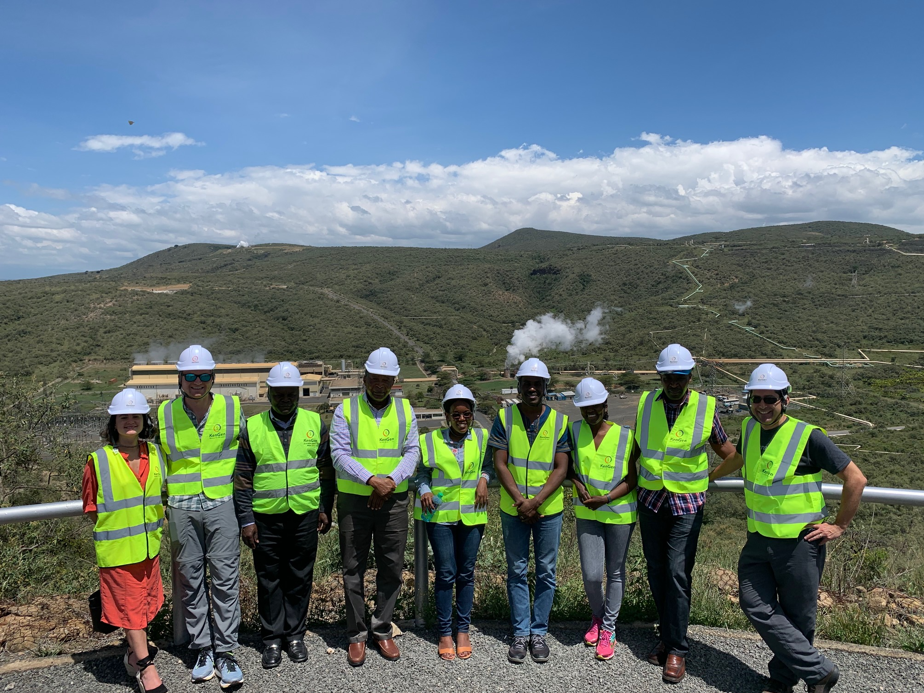Kenya is the epicenter of Africa’s energy transition. The country is now the world’s 8th largest geothermal power producer, has the continent’s largest wind farm, a vibrant offgrid energy market, and an aggressive last mile campaign to connect every citizen. Perhaps just as relevant, the government has an ambitious development blueprint, Vision 2030, which aims to transform Kenya into a newly industrializing middle-income country by 2030 and, especially, to boost manufacturing and job creation. (Manufacturing is currently under 10% of GDP, but the government aims for 15% by 2030.)
As a modest contribution to this effort, the Energy for Growth Hub partnered with the Ministry of Energy for a workshop in November to explore strategies for Kenya to better align its national energy policy with its industrial growth and development goals. We convened a range of domestic power sector actors with Hub experts from Kenya, Ghana, South Africa, and the ASEAN region.
A few big takeaways:
- Kenya’s power sector policy making would benefit greatly from a better understanding of demand. With about 2.7 gigawatts (GW) of installed capacity and peak demand of under 2 gigawatts, Kenya currently has excess power supply. Yet a fast-growing economy needs to stay ahead of the future demand curve. Doing so requires better data and devising deliberate strategies for stimulating demand in sectors such as manufacturing, transport, commerce, and services.
- Greater clarity and transparency would help manage growth of future electricity generation. The country has a substantial power purchase agreement (PPA) pipeline of perhaps as much as another 10 GW, but lack of transparency hinders public trust over least-cost options and the future liabilities implied by take-or-pay obligations particularly given sluggish demand growth.
- The system is already stressed from integrating variable renewable energy (VRE) and this will likely get worse. The big 310 MW Lake Turkana Wind project and 50 MW Garissa Solar PV projects have created unprecedented challenges in power system operations, a problem that will worsen as more variable renewable energy sources come online. Upgrading transmission infrastructure and systems management will be necessary before much more VRE can be absorbed withoutgreater deterioration in quality.
- The geothermal sector is impressive and its potential is exciting. Kenya is already producing nearly 1 GW of power from geothermal sources. We were fortunate to tour facilities at both Olkaria near Lake Naivasha and the Menengai Crater near Nakuru. A relatively healthy system has evolved with both state-owned exploration and private sector operators. Further geothermal expansion holds tremendous potential in both Kenya and in its neighbors for this reliable zero-carbon source of power and industrial heat.
- Even as the national electricity supply has grown, private firms face serious problems with cost, reliability, and quality of service. The underlying tariffs are already high (average of about$0.16/kWh,with large firms paying ~$0.12 and SMEs ~$0.22), yet outages are still a recurring nuisance and fluctuation in voltage puts equipment at risk. The Hub has attempted to quantify the true cost of power faced by firms through a new metric, the reliability-adjusted cost of electricity (RACE). By this measure, Kenya is average-to-poor among peers in the sub region, but very clearly uncompetitive against Asia.





